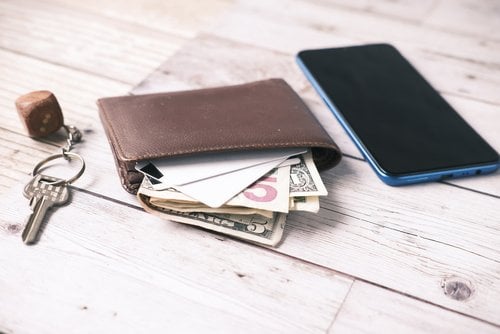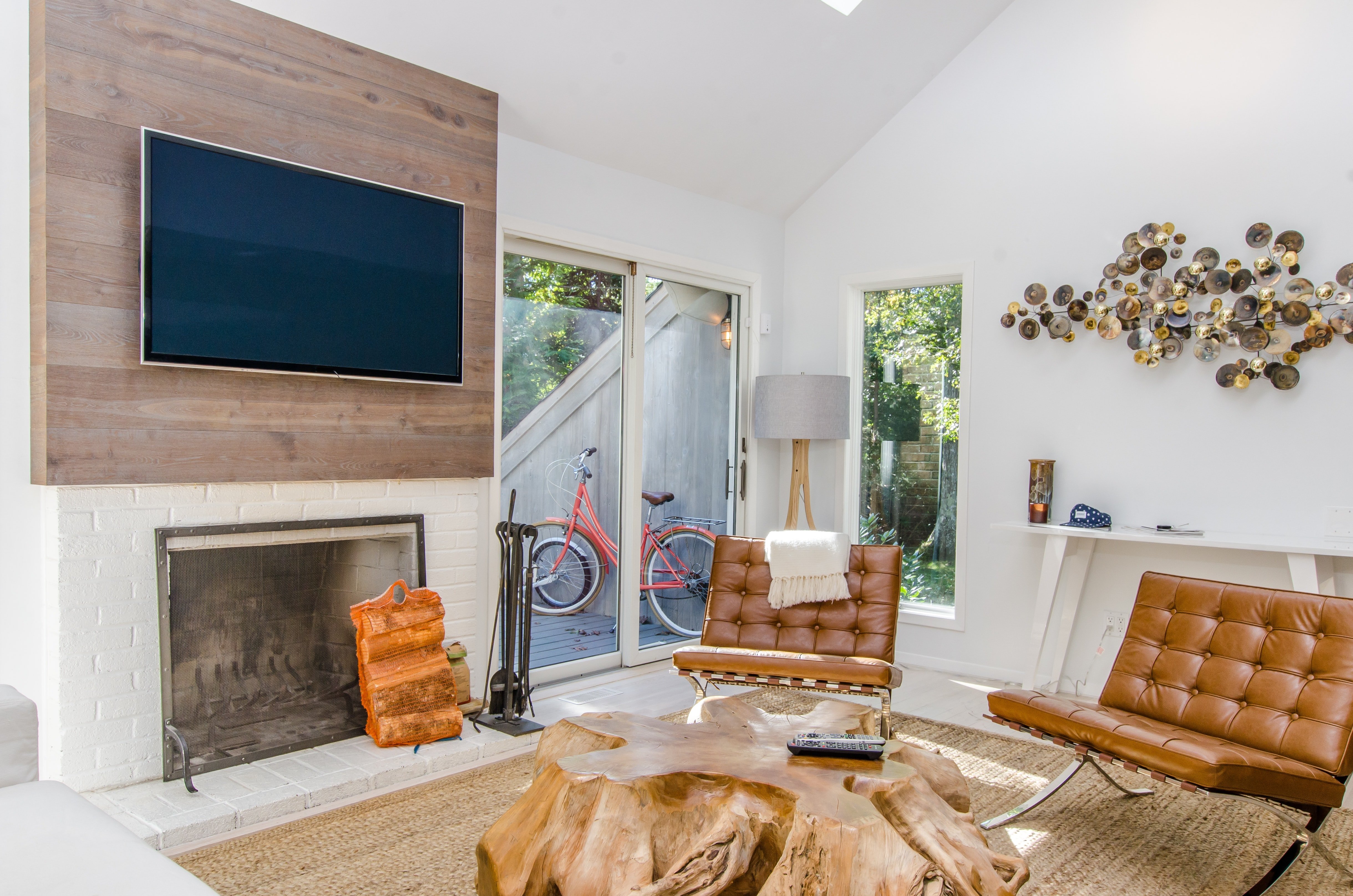How to Secure Your Rental Property (Complete Checklist)
Having a safe, secure home is a basic human need—and one that you can proudly say you provide as a landlord.
But securing your rental property today goes far beyond locking doors; it means doing everything within your means to protect your tenants, their belongings, and the value of your property.
For help vetting tenants, avoiding scams, fortifying your property with air-tight security measures, and giving both you and your tenants peace of mind, keep reading.
Protecting your rental property from… tenants?
First, let’s look at an often neglected area of rental security: tenants.
Taking the time to vet and choose a reliable tenant isn’t always thought of as a security measure—but it certainly should be. To protect your home from nefarious tenants, consider taking the following steps.
Properly vet applicants
A thorough vetting process significantly improves your chances of ending up with a trustworthy tenant. Here’s what that looks like:
- Define what you’re looking for in an ideal candidate
- Make your criteria clear in your rental listing
- Pre-screen potential tenants
- Invite applicants who pass pre-screening to view the unit
- Send out your application forms
- Verify applicant identity and information
- Determine if applicants can afford the rent you’re charging
Learn more about how to use this tenant screening checklist.
Stay updated on scams
Beyond properly vetting tenants, it’s also important to stay current with what rental scams are happening in your area—and the rental market in general.
Common rental scams to watch out for include tenants who:
- Never planned on paying
- Rent out your property without your permission
- Sneak in other unauthorized tenants
- Overpay on purpose
- Take advantage of the system
- Fake who they are
Learn more about these common tenant scams and how to avoid them.
A checklist to help you secure your rental property
Now, with your tenants covered, let’s look at how to secure your property, area by area. For each area, there is a checklist with various security measures fitting different situations, budgets, and preferences.
How to secure your doors:
- Install solid, kick-resistant doors
- Use deadbolt locks with at least a 1-inch throw
- Reinforce door frames with strike plates
- Install a peephole to see who is outside
- Consider smart locks for remote monitoring and control
- Use a door alarm or security system with door sensors
- Avoid doors with windows, or ensure the window is far enough away from the handle to prevent someone from being able to reach in and grab the handle from the inside
How to secure your windows:
- Install window locks or pins
- Use shatterproof or laminated glass for vulnerable windows
- Consider window film for added protection
- Secure sliding glass doors with a bar or rod
- Use window sensors as part of a security system
How to secure outside areas:
- Reduce dark spots with lighting
- Install motion-activated lighting, especially closer to windows, gates, laneways, and entryways
- Use fencing to define property boundaries
- Trim shrubs and trees near windows to eliminate hiding spots
- Lock any gates
- Provide locks and/or stowaway areas for outdoor belongings, like bikes or grills.
- Put up a sign saying that you’re home is protected by a security provider (even if it isn’t)
How to secure common areas:
- Ensure they’re well-lit or use motion-activated lighting
- Use automatic locking for entryways
- No access to valuables or important parts of the property (i.e. maintenance room)
- Install security cameras (depending on local surveillance laws)
- Discourage tenants holding the door for other people (with notes, for example)
How to secure your garage or shed:
- Install locks on all doors
- Avoid windows or secure garage windows with locks or film
- Use security bars or rods on garage doors
- Light in and around the garage
- Store valuable items out of sight
How to secure your mailbox:
- Use a locking mailbox
- Remind tenants to pick up mail as quickly as possible
- With non-locking mailboxes, ask tenants to have neighbors pick up mail when they’re away
How to secure your network (if you’re providing internet):
- Use WPA3 encryption for your Wi-Fi
- Regularly update router firmware for security patches
- If renting to more than one tenant, create a separate network for each tenant
- Whether you’re providing internet or not, encourage tenants to set strong passwords, defined as more than 10 characters with letters (both uppercase and lowercase), numbers, and symbols, and containing no obvious personal information or common words
Other ways to secure your home
Consider a home security system
Many of the suggestions above can be implemented simultaneously by installing a home security system. These systems typically offer cameras, sensors, alarms, automated door access, and many other security features as an all-in-one package.
You can also often control certain features of your system remotely, such as watching the live stream of your cameras from your phone.
Meet your maintenance and safety responsibilities as a landlord
Not all security and safety incidents are intentional; accidents happen, and meeting your safety obligations as a landlord will help minimize the damage when they do.
For example, in Ontario, as a bare minimum, you must follow all fire safety laws set out in Ontario’s Fire Code, including:
- Installing (and regularly checking) smoke and carbon monoxide alarms
- Ensuring and maintaining clear fire exits
- Having proper ventilation
- Ensuring up-to-code electrical
- Having working fire extinguishers
Learn more about your maintenance responsibilities as a landlord.
Require renters insurance
Renters insurance benefits everyone; your tenants’ belongings, board, and health are covered in the event that theft or damage occurs, and your insurer takes care of the bill, not you or your tenants.
In this way, renters insurance is a powerful security and safety measure that you should probably require of your tenants.
Purchase landlord insurance
If theft, damage, or injury affects you, your property, or your belongings (i.e. a piece of your own furniture breaks that you’re letting your tenant use), landlord insurance can be a saving grace. If you’re unsure what it covers or whether it’s right for your situation, read the differences between renters, landlord, and condo corporation insurance.
Give tenants a list of contacts
When welcoming a new tenant, give them a list of any contacts they may need in the future. This might include a direct line to you, your property manager, maintenance person, trustworthy neighbors, or even local law enforcement. This way, in the event of an emergency, your tenants know who to call for help.
Offer safes for valuable items and documents
Having a physical safe in your property can help your tenants feel safer about their belongings while renting from you. Not to mention, because so few landlords offer this, it’s an easy way to make your rental property stand out.
Ready to rent?
With your property safe and secure, it’s time to welcome your next tenant.
Before you visit the usual listing sites, we’ve got a better way, something to help you partner with the right tenant, faster.
Attract and sign more high-quality applicants with Rhenti's industry-leading software for leasing professionals.
Sign up now.
The blog posts on this website are for the purpose of general introductory information. They can’t serve as an opinion or professional advice. Speak to a professional before making decisions related to your circumstances.
Discover more from Rhenti blog


